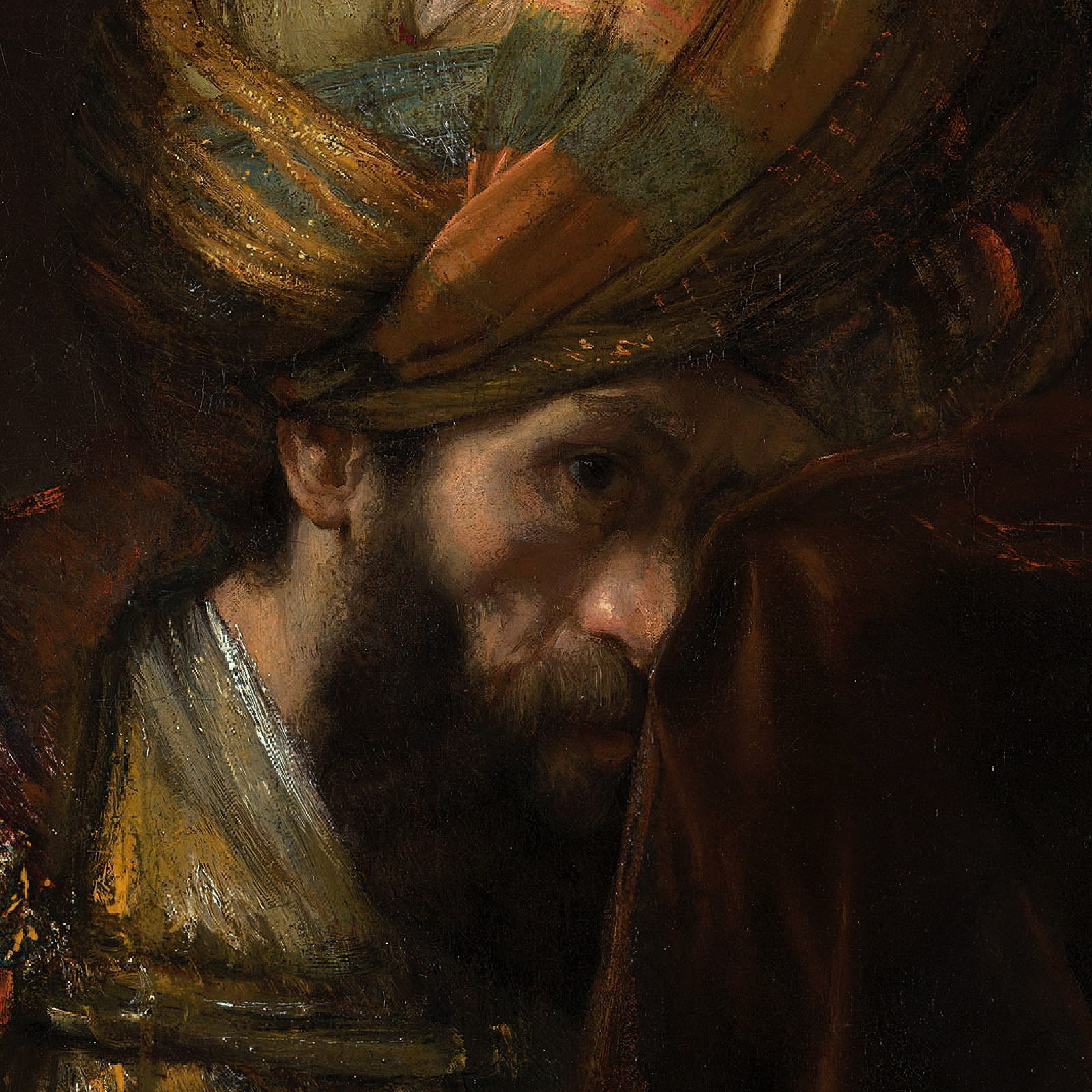Rembrandt's contributions to art came in a period of great wealth and cultural achievement that historians call the Dutch Golden Age, when Dutch art (especially Dutch painting), although in many ways antithetical to the Baroque style that dominated Europe, was extremely prolific and innovative and gave rise to important new genres.
Like many artists of the Dutch Golden Age, such as Jan Vermeer of Delft, Rembrandt was also an avid art collector and dealer.
When he was just 18 he bought a studio and shared it with a colleague after training under two influential artists of the time, Jacob Van Swanenburgh and Pieter Lastman.














